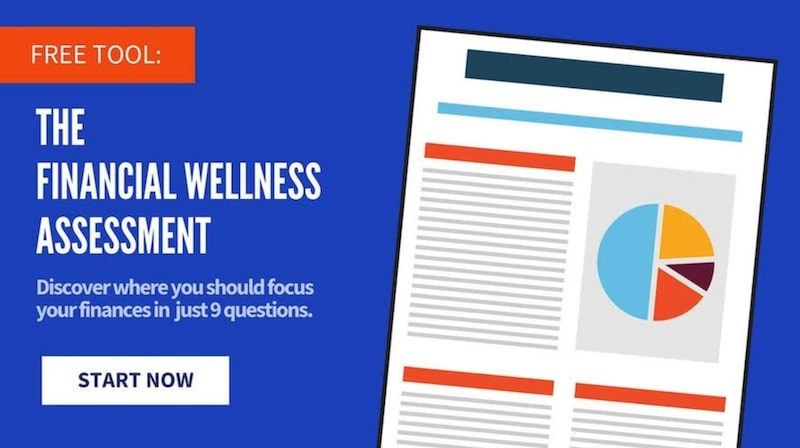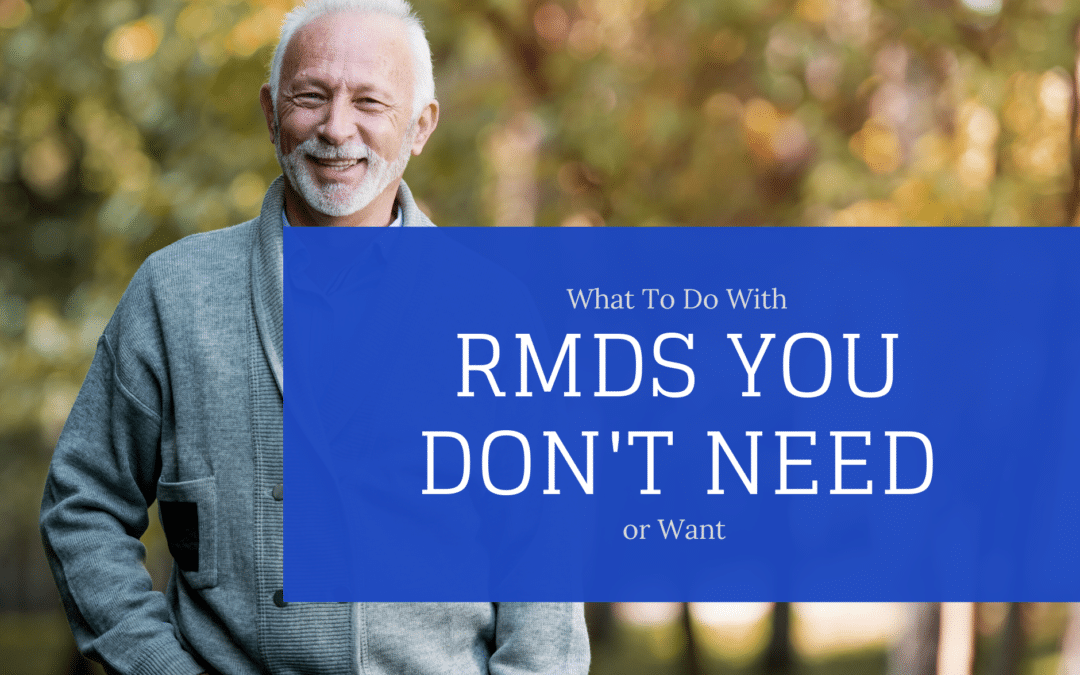There are almost 75 million Baby Boomers—those born between 1946 and 1964—in the U.S. today. Approximately 10,000 of them retire each day. That’s a lot of potential people taking required minimum distributions (RMDs) who may not need them.
After age 70 ½, an RMD must be withdrawn from your traditional IRAs and 401(k)s each year—whether you need it or not. The funds you receive are treated as ordinary income and can even boost you into a higher tax bracket.
You may not need to use those RMDs for living expenses if you have other income. But you could get hit with a big fat tax penalty worth up to 50% of the amount you should have taken if you fail to take an RMD.
Fortunately, there are several smart moves you can make to minimize tax liability. If you don’t necessarily need the money from your RMD, but you don’t want to leave the IRS a tip, consider the following seven strategies:
1. Consider a charitable contribution.
When you direct your RMD to a charity, it becomes a qualified charitable distribution, or QCD, which is no longer considered taxable income. IRA owners who are at least 70 ½ may transfer as much as $100,000 directly to charity each year, tax-free. This is an especially good use of your RMD if you take the standard deduction and wouldn’t be able to write off charitable donations.
A QCD also provides a higher dollar for dollar tax benefit compared to a donation of cash or appreciated securities from someone who can itemize because it directly reduces adjusted gross income (AGI).
2. Convert into a Roth IRA.
If you own a Roth 401(k) or IRA—both of which have RMDs —consider rolling the money over into a Roth IRA, which has no RMDs for the original owner. Keep in mind that you’ll still have to pay taxes on the amount being rolled over from an IRA. And, if you’re already 70 ½, you’re required to take your RMD before converting. On the plus side, converting doesn’t need to be done all at once. You can roll a portion each year to manage the tax liability, which will also reduce the RMD until all your funds are converted.
If you’re still working and not greater than a five percent owner of the company, you could also roll an IRA into a 401(k) where RMDs are not required until you retire.
3. Reduce your taxed amount.
If you have company stock in your 401(k), consider rolling the non-stock portion of it into a traditional IRA and transferring your employer stock to a taxable brokerage account. That way, ordinary income tax will be due on the stock’s cost basis, not its market value. Of course, any unrealized appreciation is taxed as long-term capital gain when the position is sold. Going forward, you’ll still have RMDs on the balances in the traditional IRA, but they’ll be much lower without your company stock in the account.
4. “Lengthen” your life expectancy.
If your spouse is more than ten years younger than you, their longer life expectancy can be used to reduce your RMD. You can refer to Table II of IRS Publication 590-B to calculate the subsequent impact on your taxes. If you’re 76, for example, and married to a 62-year-old and your IRA was worth $650,000 at the end of 2018, your RMD would drop more than 11 percent to about $26,209 the next year.
5. Account for your nondeductible contributions.
Any nondeductible contributions made to your traditional IRA are not subject to further taxation when removed from your qualified retirement account. Keep records of these amounts to figure out the ratio of your nondeductible contributions to your entire IRA balance. That way, you can reduce the tax bill on your RMD.
6. Transfer to a different account.
RMDs do not have to be made in cash. You can direct your custodian to transfer shares to your taxable brokerage account instead. While the distribution will still be taxed, any further appreciation in the asset will be subject to capital gain taxes when sold, which are charged at a lower rate than ordinary income taxes.
7. Invest for growth.
Consider redirecting your distributions into investments that generate minimal to no additional taxable income. If you do this, your RMDs will work for you without much effort on your part. And the appreciation could potentially offset the taxes you paid on the RMD.
When it comes to RMDs, it can literally pay to know the rules and your payment expectations.
Retirement is a time for relaxation, not financial stress. So, spend time planning with your financial professionals to maximize your retirement savings—and then enjoy the fruits of your labor.
Next Steps…
If you’re ready to start making smart decisions with your money and build your wealth here a few other resources you may find helpful:
- Take my financial wellness assessment and learn in just 9 questions your biggest areas of opportunities you should be focusing on in your finances.
- Download the free worksheets and checklists I have that will help you set your financial goals, decide if you should rent or buy a house, and many other important financial decisions.
- If you think having an advisor who can guide you through making a plan, reducing your taxes and other important decisions around your retirement would be helpful, let’s chat. I may be able to give you the help you need.
…
RESOURCE: Do you want to make smart decisions with your money? Discover your biggest opportunities in just 9 questions with my Financial Wellness Assessment.















